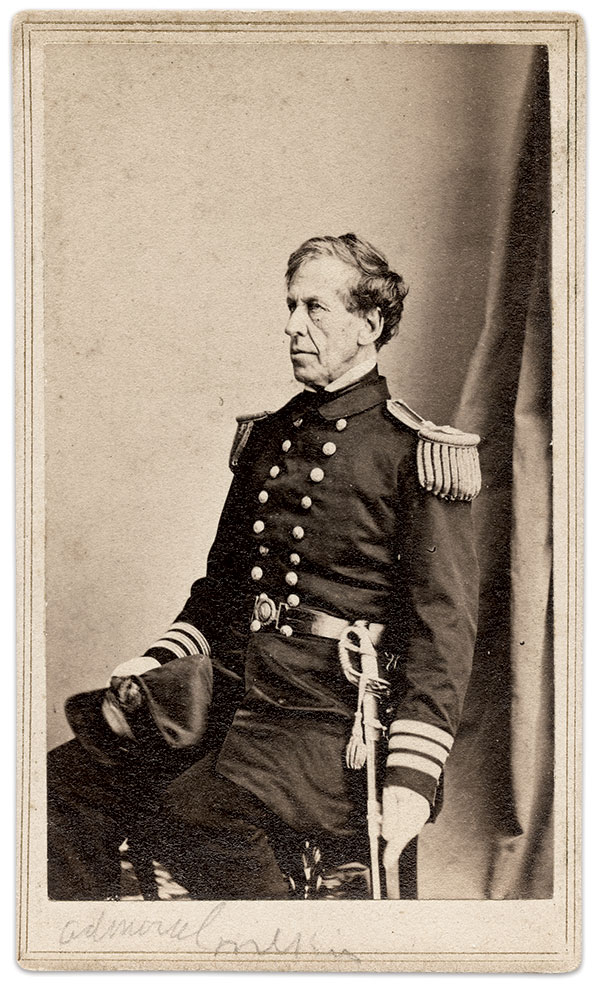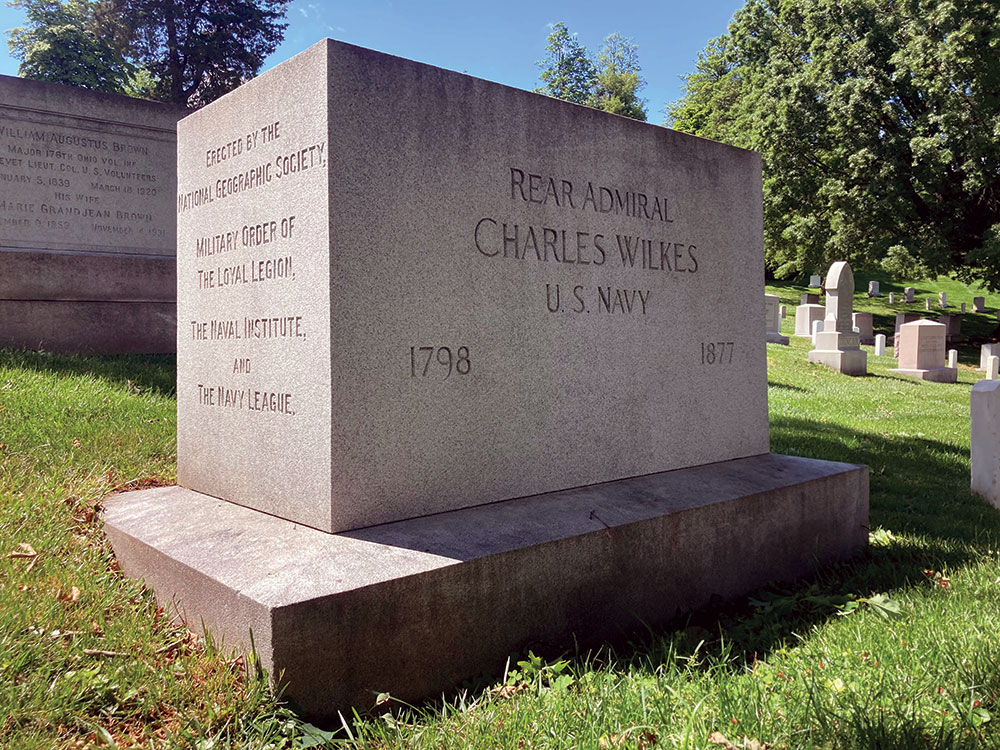Bad news flooded Northern newspapers in 1861. Secession. Fort Sumter. Riots in Baltimore and St. Louis. Lost battles at Bull Run and Ball’s Bluff. Death snuffing out young lives.
News fatigue took a toll on the populace.
Then one day, relief came. In the streets of New York City on November 16, early risers passing by the Daily Herald offices were greeted by the latest bulletin posted in front of the building: “The Arrest of the Arch-traitors Slidell and Mason.”


Former U.S. Senators James Murray Mason and John Slidell had been dispatched by President Jefferson Davis as envoys to secure British and French recognition of the Confederacy as a sovereign nation. But the mission ended on November 8 when U.S. Navy Capt. Charles Wilkes, commander of the warship San Jacinto, captured them aboard the British mail ship Trent at Bermuda.
Wilkes, 63, began his naval career in 1818. He led a high-profile expedition from 1838-1842 to map the northwestern American coast, the Pacific and Antarctica. His writings on his travels inspired a generation of explorers.
Flash forward to 1861: after word arrived of Wilkes’s actions in Bermuda a Herald reporter noted how people “shook their heads dubiously, regarding the news as too good to be true. But as despatch after despatch arrived, confirming the intelligence, the people began to believe, and the most extravagant joy was exhibited everywhere. The masses gave vent more particularly to their feelings, the capture being regarded as the best thing that has occurred since the commencement of the rebellion, and however grave the international aspects of the affair may be, it is quite certain that the popular voice fully endorses the action of Captain Wilkes.”
The Herald’s observation about the larger consequences of what became known as the Trent Affair proved true. Britain was upset. Missives fired back and forth across the Atlantic. In an early diplomatic test for President Abraham Lincoln, he and his administration diffused the situation.

“The Notorious Wilkes” pushed the limits of maritime law through the rest of the war. But for a brief time in November 1861, Wilkes was truly the celebrated man of the hour. He gave the loyal people of the U.S. something to cheer about in a decidedly cheerless year.
Wilkes retired in 1866 as a rear admiral and died in 1877.
Most Hallowed Ground is part of the Arlington National Cemetery (ANC) Project. Established by Jim Quinlan of The Excelsior Brigade, its mission is to identify all Civil War veterans on the grounds. Contact Jim at 703-307-0344.
SPREAD THE WORD: We encourage you to share this story on social media and elsewhere to educate and raise awareness. If you wish to use any image on this page for another purpose, please request permission.
LEARN MORE about Military Images, America’s only magazine dedicated to showcasing, interpreting and preserving Civil War portrait photography.
VISIT OUR STORE to subscribe, renew a subscription, and more.

